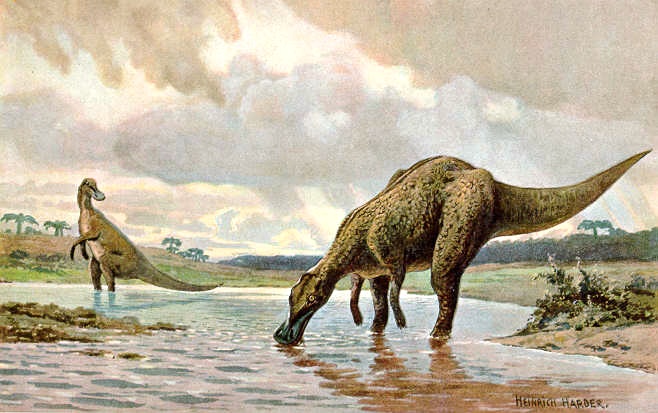Duck-billed dinosaurs, scientifically known as hadrosaurs, have fascinated paleontologists and dinosaur enthusiasts for generations. These remarkable prehistoric creatures roamed Earth during the Late Cretaceous period, approximately 100 to 66 million years ago. Among their most distinctive and puzzling features were their elaborate cranial crests, which varied dramatically in size and shape between species. These structures have sparked decades of scientific debate about their purpose and evolution. Were they for vocalization, species recognition, or perhaps thermoregulation? This article explores the fascinating world of hadrosaurs and the ongoing scientific investigation into their mysterious crests, examining what we currently know and what questions remain unanswered in this paleontological puzzle.
The Hadrosaur Family: An Introduction to Duck-Billed Dinosaurs

Hadrosaurs represent one of the most successful dinosaur families that ever lived, dominating the herbivore niches of North America, Europe, and Asia during the Late Cretaceous period. These medium to large-sized dinosaurs earned their common name “duck-billed dinosaurs” from their distinctive flattened snouts that somewhat resemble a duck’s bill. They belonged to the ornithopod group within the ornithischian dinosaurs, characterized by their plant-eating habits and bipedal-to-quadrupedal locomotion. Most hadrosaurs measured between 30 and 50 feet in length, with some species growing even larger. Their fossil record is exceptionally rich, providing paleontologists with numerous complete skeletons, skin impressions, and even mummified specimens that have allowed for detailed studies of their anatomy and possible behaviors. Within the hadrosaur family, scientists recognize two main subfamilies: the hadrosaurines (flat-headed) and lambeosaurines (crested), with the latter group being the focus of intense research regarding their elaborate cranial ornamentations.
Evolutionary History and Geographic Distribution
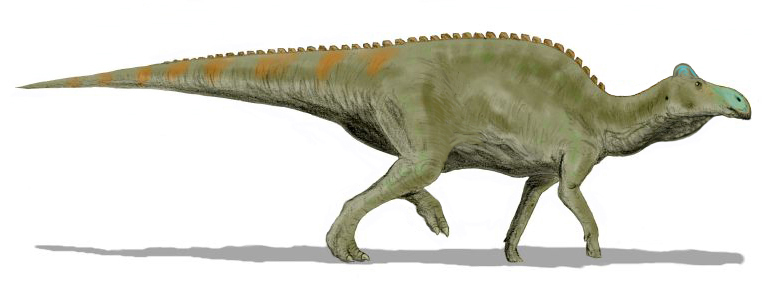
Hadrosaurs evolved from smaller bipedal ornithopods around 100 million years ago and quickly diversified into numerous species across the Northern Hemisphere. Their evolutionary success story is particularly evident in North America, where fossil-rich formations like the Dinosaur Park Formation in Alberta, Canada, have yielded remains of multiple hadrosaur species living nearby. These dinosaurs spread across continents via land bridges that existed during the Cretaceous period, allowing them to populate regions in modern-day Asia, Europe, and both North and South America. Different hadrosaur lineages adapted to various environmental niches, from coastal plains to inland forests, demonstrating their evolutionary adaptability. The fossil record indicates that hadrosaurs reached their peak diversity just before the Cretaceous-Paleogene extinction event 66 million years ago, which ultimately wiped out all non-avian dinosaurs. Their wide geographic distribution has enabled paleontologists to track evolutionary patterns across different populations and understand how isolation and environmental factors may have influenced crest development in different lineages.
Anatomical Features Beyond the Bill
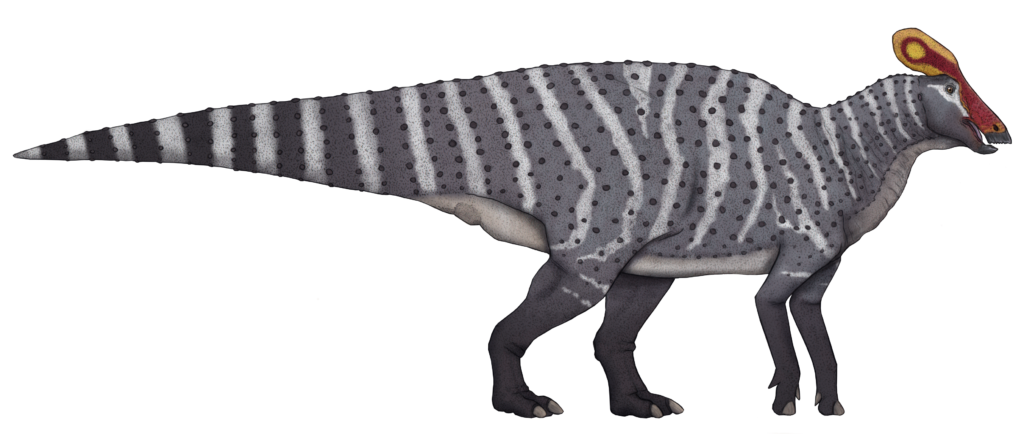
While their bill-like snouts attract immediate attention, hadrosaurs possessed numerous other remarkable anatomical adaptations. Their dental batteries consisted of hundreds of teeth arranged in complex rows that continuously replaced themselves throughout the dinosaurs’ lifetimes, creating an efficient grinding surface for processing tough plant material. These dinosaurs typically had strong hind limbs and more slender forelimbs, indicating they could move both bipedally and quadrupedally depending on their needs, such as running from predators or browsing vegetation. Many hadrosaur species had distinctive hands with hoofed fingers that were partially webbed, possibly aiding in movement through marshy environments. Their tails were stiffened by ossified tendons, providing balance and perhaps serving as a counterweight when standing on two legs. The skin of hadrosaurs, known from exceptional mummified specimens, featured complex patterns of scales of different sizes, sometimes arranged in rosette patterns or rows, with no evidence of feathers, unlike some of their distant dinosaur relatives. These anatomical features collectively paint a picture of highly specialized herbivores well-adapted to their ecological niches.
The Spectacular Crests of Lambeosaurines
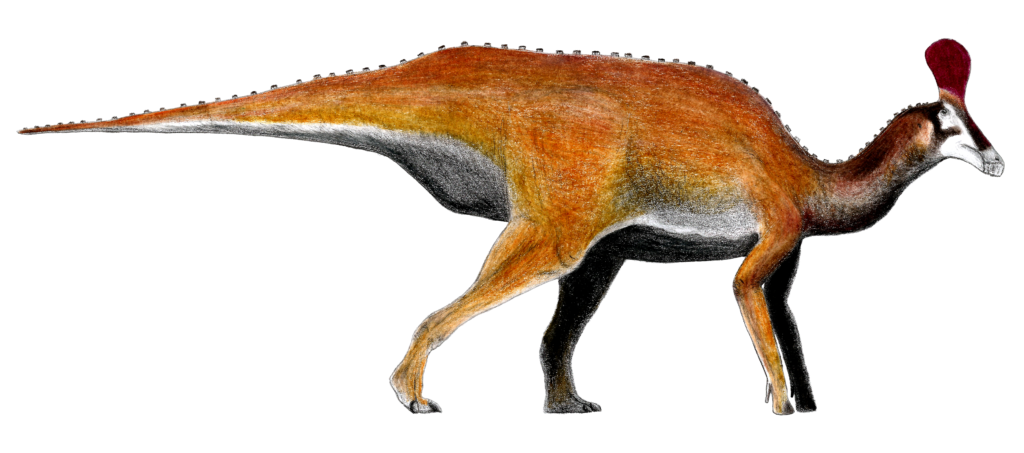
Lambeosaurines, the crested subfamily of hadrosaurs, developed some of the most extraordinary cranial structures in dinosaur evolution. These hollow bony crests took dramatically different forms across species: Parasaurolophus sported a long backward-sweeping tube that could reach over six feet in length; Corythosaurus had a helmet-like crest resembling a Corinthian helmet; Lambeosaurus featured a hatchet-shaped projection with a backward-pointing spine; and Hypacrosaurus possessed a tall, rounded crest. These structures weren’t simply solid bone ornaments but contained elaborate nasal passages that wound through the crest in species-specific patterns before connecting to the respiratory system. The complexity of these structures increased through ontogeny, with juveniles exhibiting smaller, less developed crests that gradually grew and changed shape as the animals matured. CT scans and other imaging technologies have allowed paleontologists to create detailed three-dimensional models of these internal passages, revealing their intricate architecture. Perhaps most remarkably, these elaborate structures evolved independently multiple times within the hadrosaur family, suggesting they served important biological functions rather than being random evolutionary developments.
The Sound Chamber Hypothesis
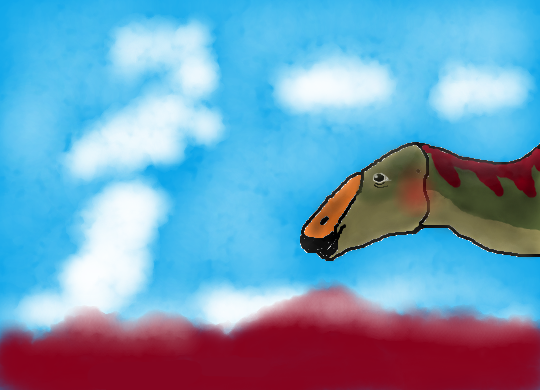
One of the earliest and most enduring hypotheses about hadrosaur crests suggests they functioned as resonating chambers for vocalization. This theory, first proposed in the 1930s and refined through decades of research, posits that air moving through the convoluted nasal passages within the crests would have created distinctive sounds, similar to how modern musical instruments produce different tones. Computer models and reconstructions of Parasaurolophus crests indicate they could have produced low-frequency sounds in the range of 30-300 Hz, potentially allowing these dinosaurs to communicate over long distances through forested environments. Each species’ unique crest shape would have created a distinctive sound, potentially enabling individuals to recognize members of their species even before visual contact. Recent studies using computational fluid dynamics have demonstrated how air might have flowed through these passages, supporting the acoustic function theory. The length and complexity of the nasal passages in some species like Parasaurolophus would have been particularly effective for sound production, creating resonant, low-frequency calls that could have served for herd coordination, mating displays, or territorial announcements in these social dinosaurs.
Visual Display and Species Recognition

The dramatic variation in crest shapes between hadrosaur species strongly suggests that these structures played a crucial role in visual signaling and species recognition. Even closely related species that lived in the same habitats developed distinctly different crest morphologies, creating unmistakable visual signatures that would have been easily recognizable at a distance. This visual differentiation would have been particularly important in environments where multiple hadrosaur species coexisted, allowing individuals to quickly identify potential mates from their species. The crests may have also been brightly colored or patterned in life, further enhancing their visibility, though direct evidence of their coloration remains elusive in the fossil record. Sexual dimorphism has been proposed in some hadrosaur species, with males potentially possessing larger or more elaborate crests to attract females, similar to display structures in modern animals like peacocks. The ontogenetic development of crests, growing more elaborate as individuals reach sexual maturity, provides additional support for their role in mate attraction and reproductive success. These visual display functions would have been particularly advantageous for animals living in large social groups, as many hadrosaurs are believed to have done based on bonebeds containing multiple individuals.
Thermoregulation: Cooling Systems for Dinosaur Brains?

Another compelling hypothesis suggests that hadrosaur crests may have functioned as thermoregulatory devices, helping these large-bodied animals regulate their brain temperature. The extensive network of blood vessels that would have permeated the thin bony walls of the crests could have facilitated heat exchange with the environment. When overheated, blood flowing through the crest would release excess heat to the surrounding air before returning to cool the brain and other vital organs. Conversely, in colder conditions, blood flow to the crest could be restricted to conserve body heat. This thermoregulatory function finds parallels in modern animals like elephants, which use their large, vascularized ears for similar heat-shedding purposes. The hollow nature of hadrosaur crests would have maximized surface area while minimizing weight, creating efficient radiator-like structures. The variation in crest size and shape between species might reflect adaptations to different climatic conditions across their wide geographic range. Some researchers have proposed that this thermoregulatory function could have coexisted with acoustic and display functions, making hadrosaur crests true multifunctional structures that provided several evolutionary advantages simultaneously.
Growth and Development of Cranial Crests
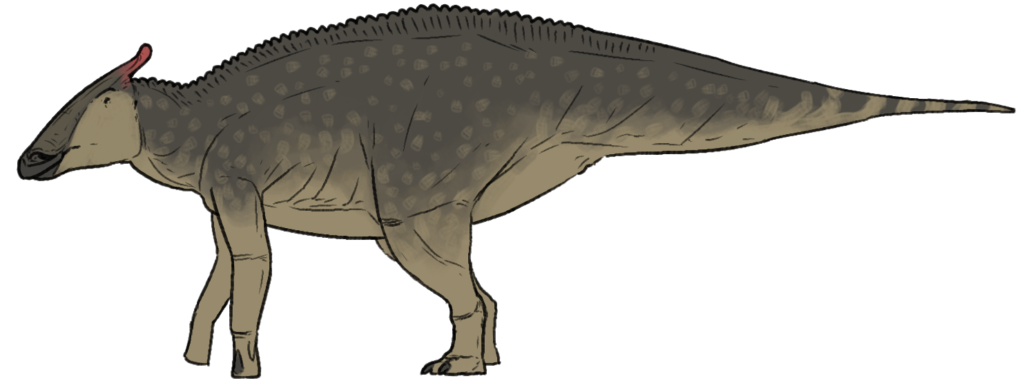
The ontogenetic development of hadrosaur crests provides crucial insights into their biological significance. Juvenile specimens of crested hadrosaurs show that individuals were born with minimal or no crest development, with these structures growing progressively larger and more complex as the animals matured. This developmental pattern closely correlates with sexual maturation, supporting the hypothesis that crests played important roles in mating behaviors. In Corythosaurus, for example, hatchlings and young juveniles possessed only a small ridge on their skulls, while subadults developed a modest crest that finally expanded into the full helmet-like structure in adults. Similarly, in Parasaurolophus, the characteristic long tubular crest grew dramatically during adolescence and early adulthood. The growth trajectories of these structures weren’t merely proportional increases but involved complex remodeling of the skull architecture, suggesting significant investment of biological resources. The timing of crest development also implies these structures weren’t critical for survival in early life stages but became increasingly important as individuals approached reproductive age. This pattern is consistent with structures shaped primarily by sexual selection rather than natural selection, similar to antlers in deer or elaborate plumage in birds that develop fully only when needed for mate competition.
Social Behavior and Herd Dynamics
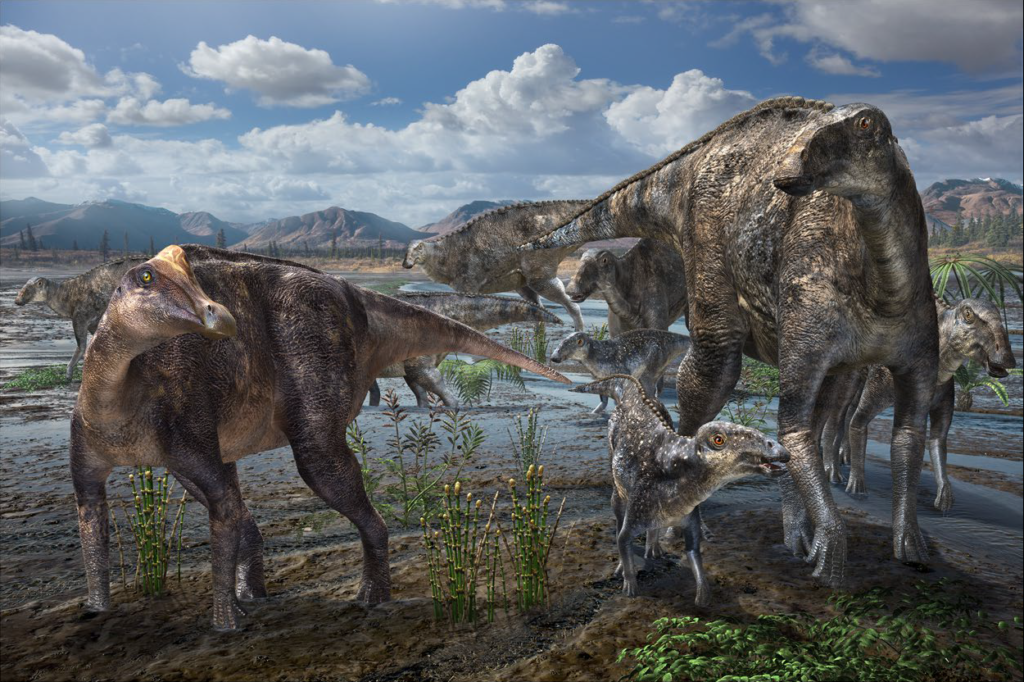
Multiple lines of evidence suggest that hadrosaurs were highly social dinosaurs that lived in complex herds, with their crests potentially playing crucial roles in social interactions. Fossil bonebeds containing dozens or even hundreds of hadrosaur individuals of various ages indicate these animals aggregated in large groups, possibly for protection against predators like tyrannosaurs and dromaeosaurids. Within these social structures, elaborate visual and acoustic signals facilitated by their crests would have been valuable for maintaining group cohesion, establishing dominance hierarchies, and coordinating seasonal migrations. Different vocalizations could have served distinct social functions: alarm calls, mating calls, or parent-offspring communication signals. The discovery of hadrosaur “nursery” sites with numerous juveniles suggests adults may have provided extended parental care, with distinctive crest shapes and sounds helping young ones identify their parents within large herds. Social learning would have been important in these complex societies, with juveniles potentially learning foraging techniques, predator avoidance strategies, and migration routes from experienced adults. The integration of multiple crest functions—acoustic, visual, and possibly olfactory—would have created a sophisticated communication system supporting the complex social behaviors that may have contributed to hadrosaurs’ evolutionary success across the Northern Hemisphere during the Late Cretaceous.
Exceptional Fossils: What Mummified Hadrosaurs Tell Us
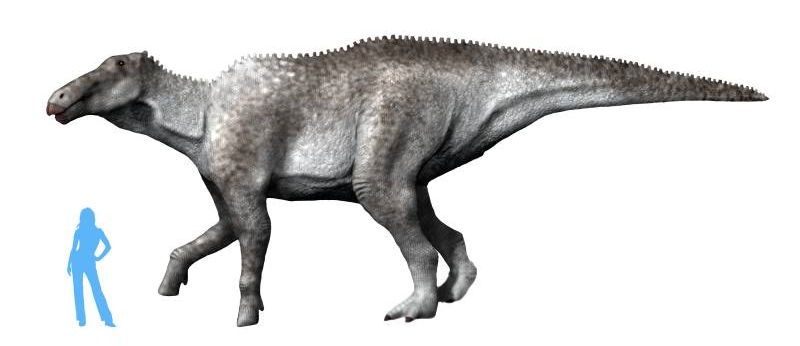
Several extraordinary “mummified” hadrosaur specimens have provided unprecedented insights into their soft tissue anatomy and external appearance. The most famous of these, the “Leonardo” specimen of Brachylophosaurus, preserved extensive skin impressions, internal organs, and possibly even remnants of the original muscles. These exceptional fossils reveal that hadrosaurs were covered in scales of varying sizes and patterns, with no evidence of feathers or filamentous structures. The preservation of soft tissues around the head region in some specimens has allowed paleontologists to better understand how the fleshy parts of the nasal passages might have connected to the bony crests. Some mummified specimens also preserve evidence of the keratinous beak that would have covered the bony bill, giving a more complete picture of how these animals appeared in life. The duck-bill comparisons often made in popular media aren’t entirely accurate, as the hadrosaur beak was more specialized for crop-shearing rather than filter-feeding. Stomach contents preserved in some specimens reveal their last meals, confirming their plant-based diets and providing evidence of the specific vegetation they consumed, which included conifer needles, twigs, seeds, and other plant materials available in Late Cretaceous ecosystems.
Research Techniques: Unlocking Ancient Secrets
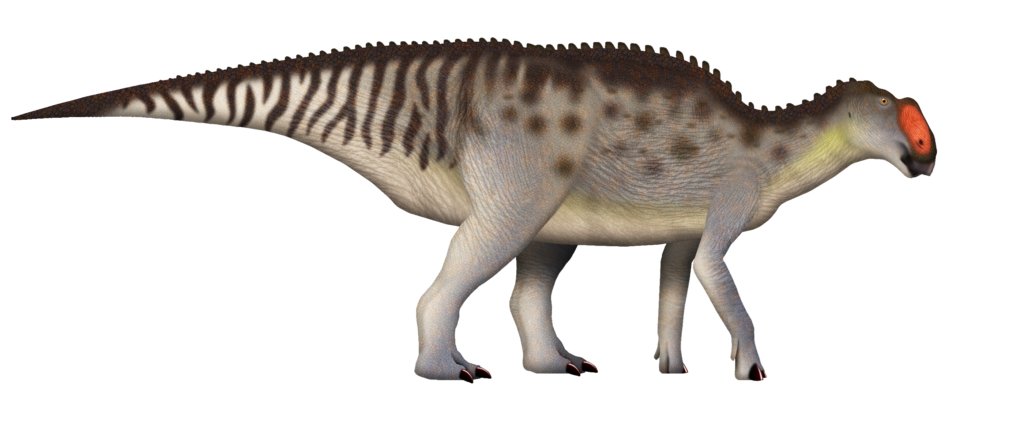
Modern paleontological techniques have revolutionized our understanding of hadrosaur crests and their potential functions. Computed tomography (CT) scanning has allowed scientists to create detailed three-dimensional models of the intricate nasal passages within these structures without damaging precious fossils. These digital reconstructions have been used to simulate airflow and sound production using computational fluid dynamics, testing acoustic hypotheses with unprecedented precision. Finite element analysis, a computer modeling technique originally developed for engineering, helps researchers understand how these structures respond to physical stresses, offering insights into their mechanical properties and limitations. Comparative anatomical studies with modern animals exhibiting similar structures provide biological analogues that inform interpretations of these extinct structures. Histological examination of thin sections from hadrosaur crests reveals details about blood vessel density and bone growth patterns, offering evidence for thermoregulatory capabilities and developmental trajectories. Scanning electron microscopy has revealed microscopic details of preserved tissues, sometimes including cell structures that weren’t visible to earlier generations of paleontologists. These advanced research methods continue to yield new insights into these fascinating structures, demonstrating how technological innovation drives scientific progress in understanding extinct organisms.
Competing Theories and the Multifunctional Hypothesis
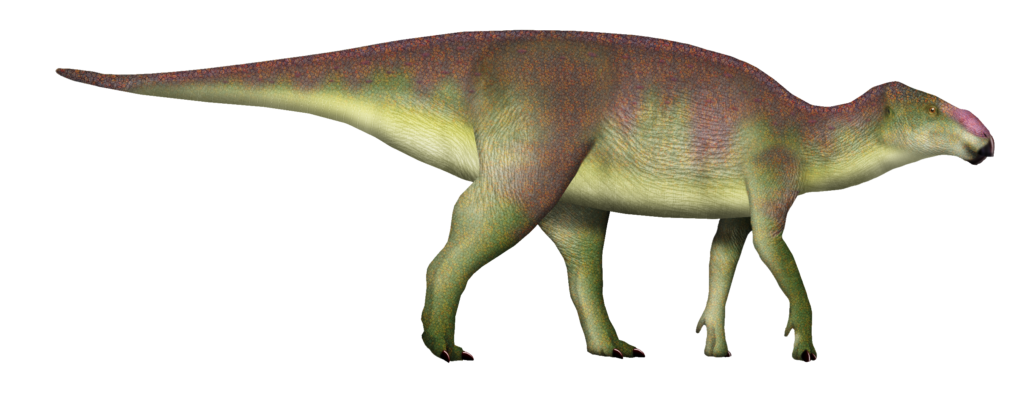
The scientific debate about hadrosaur crests has evolved from competing single-function hypotheses toward a more nuanced multifunctional interpretation. Early paleontologists proposed various singular functions, from snorkels for underwater breathing (now thoroughly debunked) to weapons for combat (unsupported by the fragile structure of many crests). The modern scientific consensus increasingly recognizes that these elaborate structures likely served multiple biological roles simultaneously, similar to how deer antlers function both as visual displays and occasionally as defensive weapons. The primary functions of visual species recognition, acoustic signaling, and thermoregulation are not mutually exclusive but likely complementary. Different species may have emphasized different functions based on their specific ecological niches and social systems, explaining some of the diversity in crest morphology across the hadrosaur family. The relative importance of each function might have shifted during an individual’s lifetime, with thermoregulation perhaps more critical for larger adults while display functions peaked during reproductive years. Even within a single species, crest functions might have varied seasonally, with display becoming more important during mating seasons. This multifunctional perspective helps explain why these energetically expensive structures would have been maintained by natural selection despite their potential costs in terms of growth and maintenance.
Hadrosaur Diversity: A Showcase of Evolutionary Experimentation
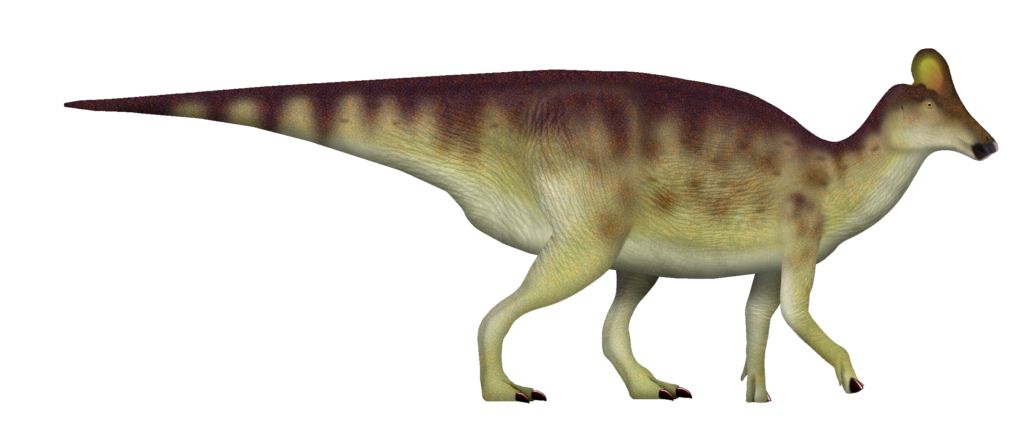
The remarkable diversity of hadrosaur crests represents one of the most striking examples of evolutionary experimentation in dinosaur history. From the massive hollow tube of Parasaurolophus to the solid spike-like crest of Tsintaosaurus, from the rounded helmet of Corythosaurus to the complex hatchet-and-spike combination of Lambeosaurus, this variation illustrates evolutionary plasticity at work. Each unique design represents a successful solution to the challenges of communication, display, and possibly thermoregulation within specific environmental contexts. The repeated evolution of elaborate crests in separate hadrosaur lineages represents a striking example of parallel evolution, suggesting strong selective pressures favoring these structures despite their clear energetic costs. The diversity extended beyond just the shape of the crests to include the internal architecture of nasal passages, which followed different pathways in various species. Some species, like the “flat-headed” hadrosaurines such as Edmontosaurus, lacked bony crests entirely but may have possessed fleshy combs or wattles that served similar functions, as suggested by rare soft tissue impressions. This spectacular array of cranial ornamentation mirrors other examples of evolutionary exuberance seen in nature, like the diverse horns of bovids or the elaborate plumage of birds of paradise, where sexual selection drives rapid diversification of display structures.
Contemporary Significance and Future Research Directions

The study of hadrosaur crests continues to inspire new research approaches and technological applications. Biomimetic engineers have studied the acoustic properties of these structures to inform designs ranging from musical instruments to architectural acoustics.

